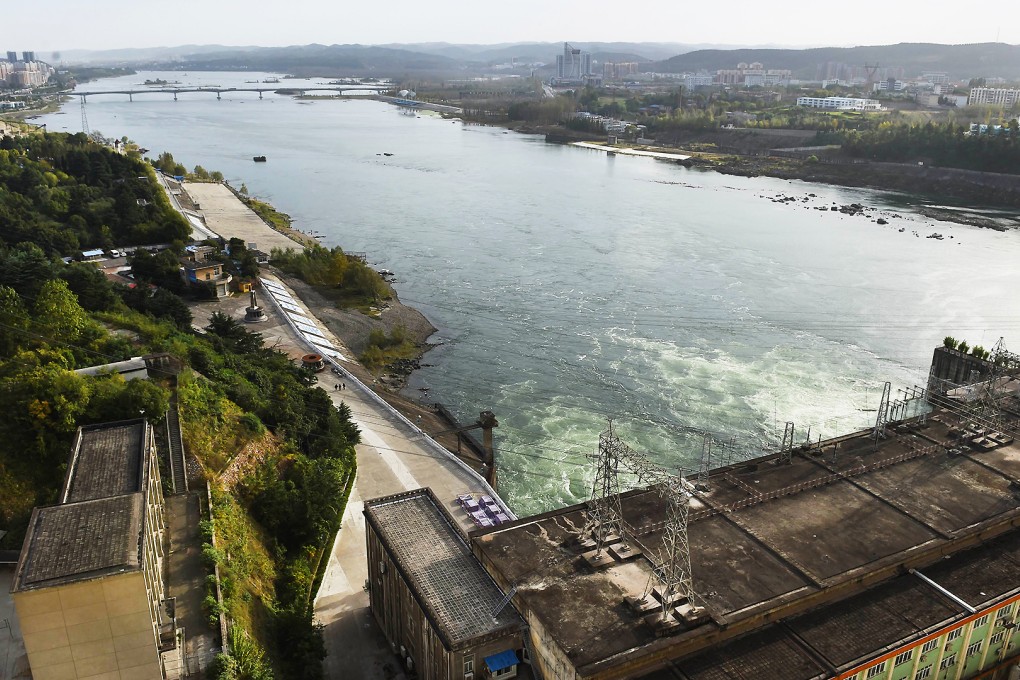Beijing drinking water reservoir had lead levels ‘20 times WHO standard’ for at least three years

A major reservoir supplying drinking water to Beijing and other cities in northern China contained heavy metal pollutants at levels far above safe standards for a period of at least three years, according to a study by Chinese scientists.
Levels of lead in the Danjiangkou reservoir were 20 times the maximum safe level set by the World Health Organisation, at more than 200 micrograms per litre, between 2007 and 2010, the research found, though it did not say whether the problem still exists.
The WHO standard for a safe level of lead in a surface water source is 10 micrograms per litre. The maximum level regarded as safe by the United States Environmental Protection Agency is 15 micrograms. China's own national surface water quality standards call for levels to remain under 50 micrograms.
The study, published in the peer reviewed Journal of Environmental Informatics, found that levels of lead in the reservoir, which supplies more than 60 per cent of taps in Beijing, increased 20-fold in the three-year period.
Professor Zhang Quanfa, a researcher with the Chinese Academy of Sciences’ Wuhan Botanical Garden and lead scientist of the project, declined an interview due to the sensitivity of the issue.